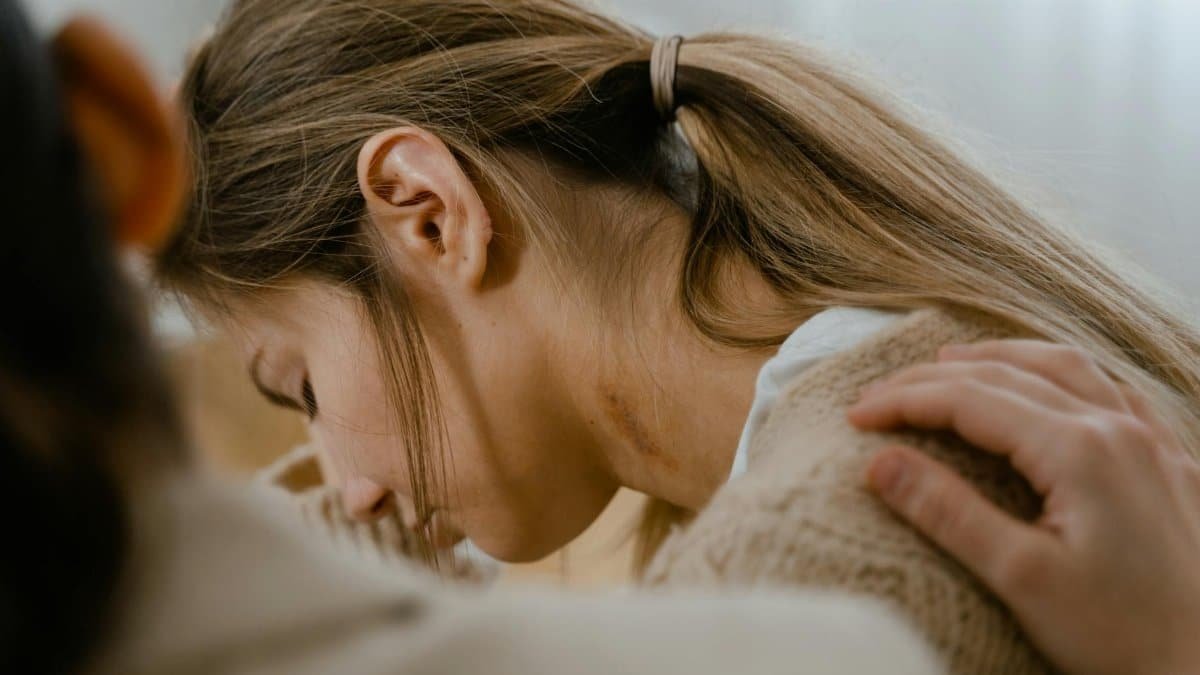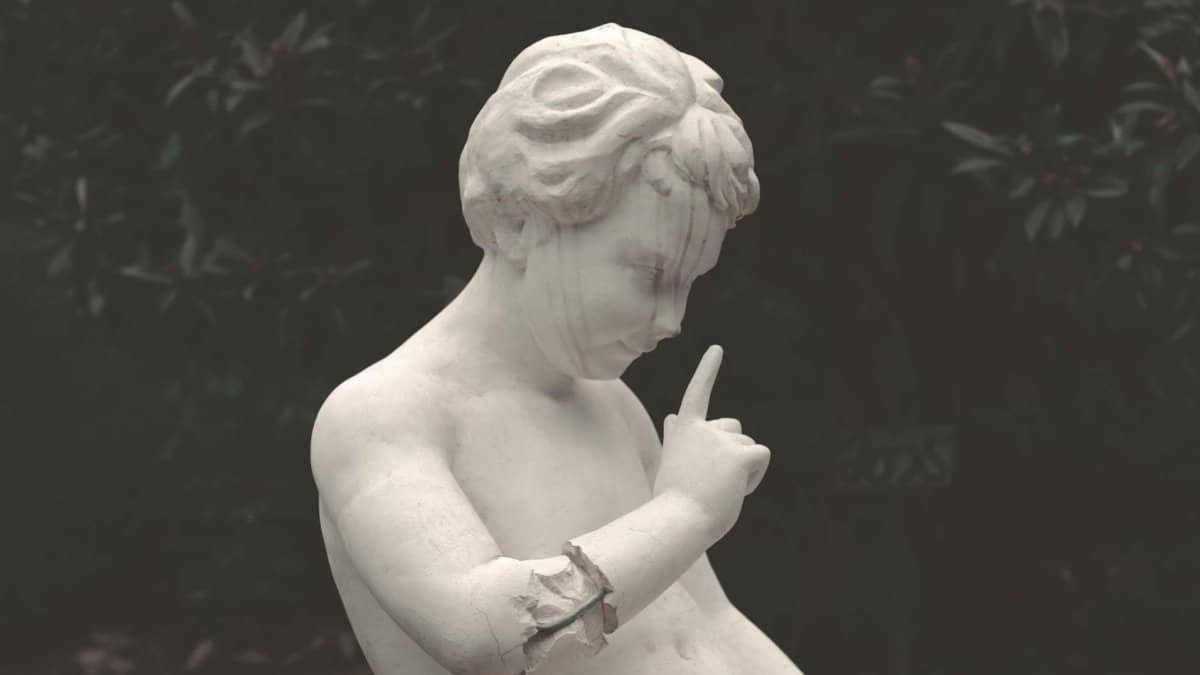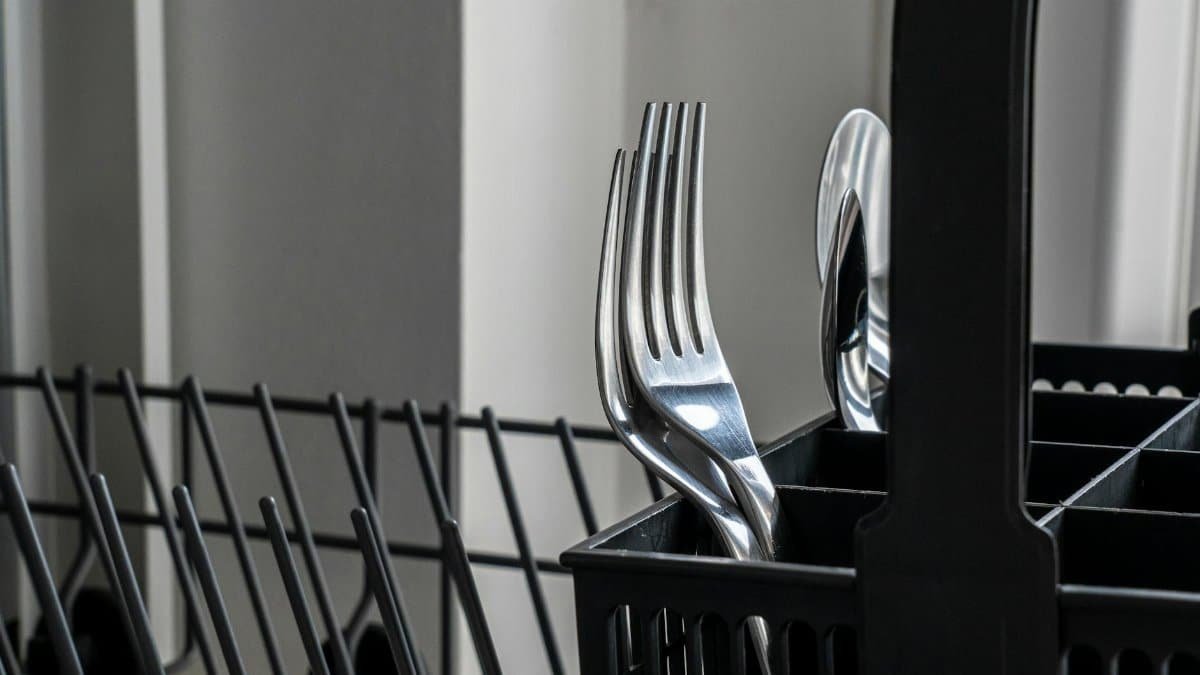Is suppressing tears a sign of true strength, or just a mask for deeper imbalance? In a world obsessed with selfcare balance, many Americans are ditching emotional release for stoic facades. But experts warn this trend might be backfiring. New surveys show 40% of adults report crying less than ever, linking it to productivity pressures. Yet, this “tough it out” mentality could harm mental health, as selfcare balance truly thrives on authentic emotional expression. Dive into why you’ve stopped crying—and why reclaiming those tears might be the real power move.
Understanding Emotional Suppression

People stop crying for various reasons, often tying back to societal norms. In the U.S., where hustle culture reigns, showing vulnerability feels like weakness. But selfcare balance isn’t about bottling up feelings—it’s about integrating them wisely. Psychologists note that chronic suppression can lead to anxiety and depression. A 2023 study from the American Psychological Association highlights how unexpressed emotions build internal pressure, potentially exploding in unhealthy ways. True balance means acknowledging tears as a natural reset button, not a flaw.
The Myth of Strength Through Silence

We’ve all heard it: “Big girls don’t cry.” This outdated adage pushes many to equate dry eyes with resilience. Yet, research suggests otherwise. Suppressing cries doesn’t build strength; it erodes it. Emotional numbing can disconnect us from joy as much as pain. In 2025, with rising mental health awareness, therapists urge reevaluating this myth. Selfcare balance involves honoring all emotions, allowing tears to flow as part of personal growth. Ignoring them might feel empowering short-term, but it often leads to burnout.
Impact on Mental Health

Stopping tears isn’t harmless. It can disrupt selfcare balance by creating emotional backlog. According to the National Institute of Mental Health, unprocessed grief links to higher stress levels and even physical ailments like headaches or insomnia. A report from NIMH on Depression details how emotional avoidance contributes to mood disorders. In today’s fast-paced life, many skip crying to maintain productivity, but this imbalance fosters isolation. Experts recommend scheduled “emotional check-ins” to restore harmony.
Cultural Influences on Crying Habits

America’s cultural script often glorifies stoicism, especially among men. Women, too, face pressure to “keep it together” in professional settings. This shapes why crying has declined. Selfcare balance challenges these norms by promoting vulnerability as strength. Recent trends in 2025 show therapy apps emphasizing emotional release. A Pew Research Center survey found 35% of millennials report less crying due to social media’s polished images. Breaking free requires cultural shifts toward authentic self-expression.
Physiological Benefits of Crying

Tears aren’t just waterworks—they’re biologically beneficial. Crying releases endorphins and oxytocin, reducing stress. Suppressing this natural mechanism throws off selfcare balance. Studies from the University of Minnesota reveal that emotional tears contain stress hormones, literally flushing them out. Without this, tension accumulates. In 2025, wellness experts advocate “cry therapy” sessions. Embracing tears can lower cortisol levels, improving overall well-being and preventing the false strength of emotional shutdown.
Common Triggers for Stopping Tears

Life events like job loss or heartbreak often trigger initial crying cessation. Over time, habits form: distractions, substances, or sheer willpower. But this disrupts selfcare balance. Therapists identify avoidance as a coping mechanism that backfires. A 2024 analysis by Harvard Medical School links suppressed emotions to weakened immune responses. Recognizing triggers is key—journaling or talking it out can help. The goal? Relearn crying as a healthy outlet, not a defeat.
Reclaiming Tears in Daily Practice

How do you start crying again? Selfcare balance begins with small steps. Create safe spaces: watch a sad movie or listen to evocative music. Mindfulness practices encourage observing emotions without judgment. Apps like Calm offer guided sessions for emotional release. Experts from the CDC Mental Health Resources stress building resilience through, not despite, vulnerability. In 2025, integrating tears into routines fosters genuine strength, turning suppression into empowerment.
Personal Stories of Breakthrough

Take Alex Rivera, a New York executive who hadn’t cried in years. After a burnout episode, therapy revealed his “strength” was isolation. Embracing tears transformed his selfcare balance. Similar accounts flood online forums. One woman shared, “I thought holding back made me tough—until it broke me.” These narratives underscore that stopping crying often masks pain, not resolves it. Real growth comes from flowing emotions, proving vulnerability is the ultimate fortitude.
Expert Advice on Emotional Balance

Psychologists like Dr. Elena Torres advise against viewing dry eyes as victory. “True selfcare balance includes all feelings,” she says. Her work emphasizes tears as emotional hygiene. In 2025, with hybrid work amplifying isolation, experts push for workplace wellness programs addressing this. Building support networks helps normalize crying. The takeaway? Strength isn’t absence of tears—it’s the courage to let them fall, restoring inner equilibrium.
Path Forward: Embracing Vulnerability

Moving beyond suppressed emotions requires intention. Start by questioning why you’ve stopped crying. Is it fear of judgment or habit? Selfcare balance thrives when vulnerability is prioritized. Community groups and online resources offer support. As U.S. trends evolve in 2025, more people are reclaiming tears for mental clarity. Remember, growth isn’t linear—it’s messy, tear-streaked, and profoundly human. That might just be the real strength you’ve been missing.
